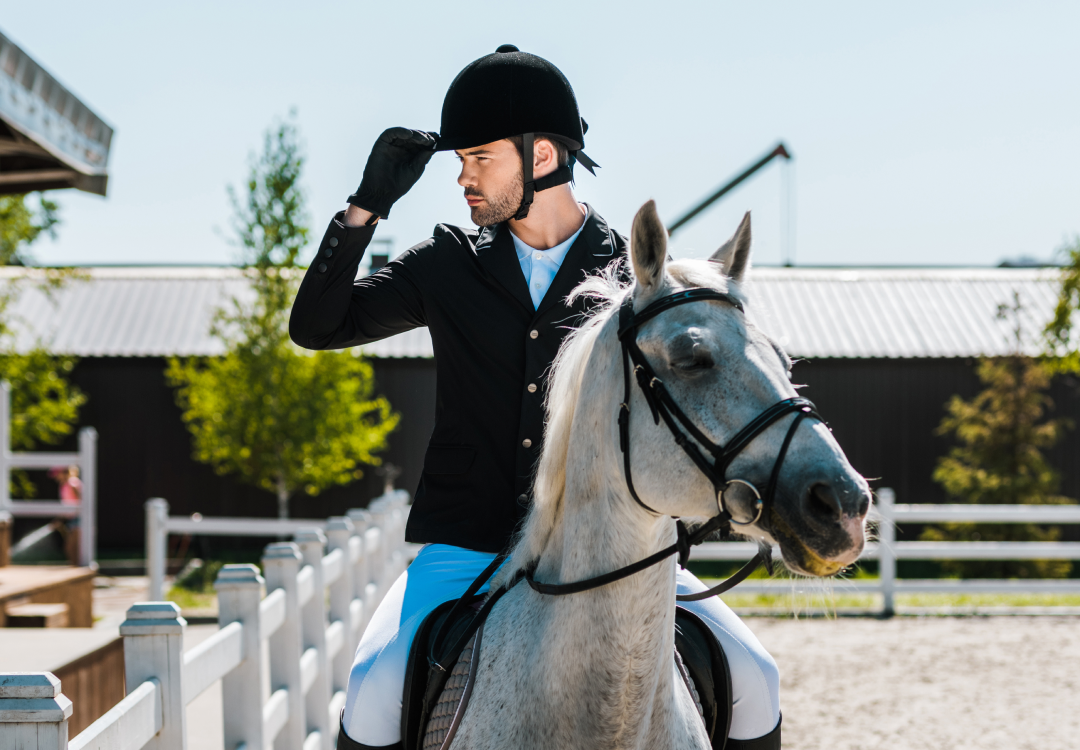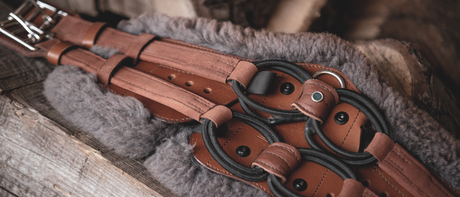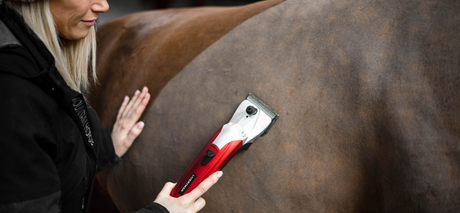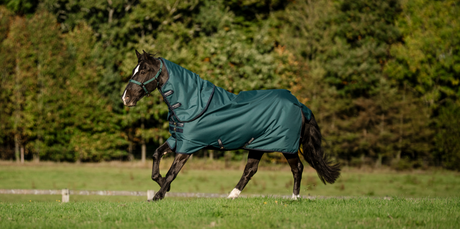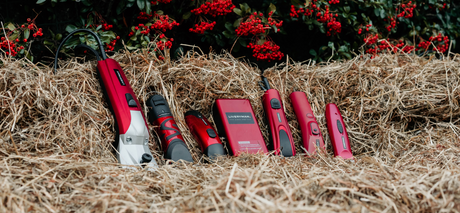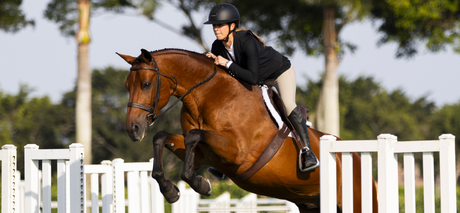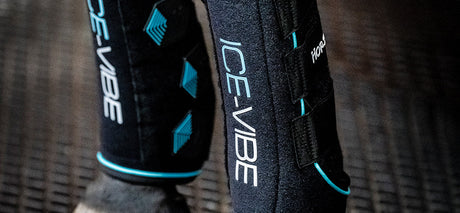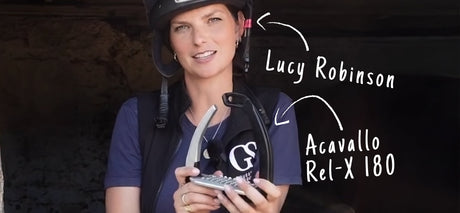To ride safely it is essential to have a properly fitted riding helmet. Our quick fitting tips and size conversion chart will help you find the correct sizing.
At GS Equestrian, we stock a wide range of helmets and styles, for both round and oval head shapes. If one helmet model doesn’t feel quite right, we recommend trying another model.
Before buying a helmet, check which international equestrian safety standards it meets. A helmet that meets multiple up-to-date standards is guaranteed to offer protection in a wider range of accident scenarios.
How To Measure Your Head For A Riding Hat

- Wrap a soft fabric measuring tape around the widest part of your head, over your hair.
- The measuring tape should follow a line about 3/4 inch above your eyebrows, just above the ear line and around the bump at the back of your head.
- It is best to have someone help to ensure the measuring tape is level and snug.
- Take the measurement in centimetres (cm) and repeat a couple of times for the most accurate sizing.
Riding Helmet Size Chart:
Use the size chart table below to convert your head size into a standard riding hat or jockey skull cap size. Also refer to the product listing size guide for the riding helmet you're considering purchasing.
| HEAD SIZE (CM) | HELMET SIZE | SKULL CAP SIZE |
| 49 | 6 | 000 |
| 50 | 6 1/8 | 000 1/2 |
| 51 | 6 1/4 | 00 |
| 52 | 6 3/8 | 00 1/2 |
| 53 | 6 1/2 | 0 |
| 54 | 6 5/8 | 0 1/2 |
| 55 | 6 3/4 | 1 |
| 56 | 6 7/8 | 1 1/2 |
| 57 | 7 | 2 |
| 58 | 7 1/8 | 2 1/2 |
| 59 | 7 1/4 | 3 |
| 60 | 7 3/8 | 3 1/2 |
| 61 | 7 1/2 | 4 |
| 62 | 7 5/8 | 4 1/2 |
| 63 | 7 3/4 | 5 |
| 64 | 7 7/8 | 5 1/2 |
| 65 | 8 |
6 |
Sizes 55cm and below are classed as children’s and are VAT exempt in the UK.
If you are between two sizes ideally try on helmets in both to determine which one gives the most snug fitting.
How To Put On A Riding Helmet
When putting a helmet on, you are looking to get ‘the lock’. This is a sensation of the helmet latching and gripping onto the back of your head, a sign it is on properly, secure and safe.
- Hair should ideally be worn in a low pony tail if possible.
- Place your forehead into the front of the helmet.
- Using a rolling motion, push backwards to feel the helmet lock into the base of the skull, listen for a suction sound.
- Run a finger around the rim of the helmet to check for gaps or loose points. If there is any movement or gaps you may need to try a different size or fit.
- Always adjust the chin strap first, then adjust the dial or back laces with a knot and bow if applicable.
How Should A Riding Helmet Fit?
A new helmet will break in as you wear it and mould to the shape of your head. It should fit like a new pair of boots: Snug, with a firm and even pressure all the way around.
Things to check for:
- A snug fit with even, firm pressure around the entire head.
- No specific pressure points or gaps.
- Helmet locks onto the back of the skull.
- Helmet sits level on the head, covering the forehead leaving about an inch above the eyebrows.
- With the harness unfastened, the helmet should not rock forwards nor backwards.
- The chinstrap should sit just under the chin and gently touch the bottom of the ear lobe, avoiding the throat.
- You should be able to put a finger between the strap and your chin.
- If the helmet has harness laces at the back they should be secured tightly.
- Wear the helmet for 5 minutes to give time for it to mould to your head and reveal any pressure points..
Head shapes
Most people have an oval shaped head but some have a rounder shape. The shape of your head can effect how a helmet fits and its comfort.
 (Above) Determining head shape form a bird’s eye view.
(Above) Determining head shape form a bird’s eye view.
If you have a rounder shaped head, you may need to be open to trying on a variety of different helmets because models can fit slightly differently.
Buying And Fitting A Childs Helmet
You can follow the same steps as above when measuring or fitting your child with a riding helmet, however there are a few extra important considerations.
Don’t be tempted into buying your child a helmet that’s a size too big so that it lasts longer. As with adults, a kid’s riding helmet must fit snug on their head for every ride otherwise it is simply not safe.
Children often wear riding helmets too loose, compromising the safety of the product. In particular, check the helmet is sitting level on your child’s head, not falling back or too far forward. Their forehead should be covered, about one inch above the eyebrows. Also ensure the harness is done up properly, but not too tight. You should be able to get a finger between their chin and the strap.
It’s a good idea to let your child choose the helmet they like best, as they are more likely to wear it appropiatly, but always check it has the latest safety standards.
In the UK, kids riding helmets (55cm and below) are VAT free.

